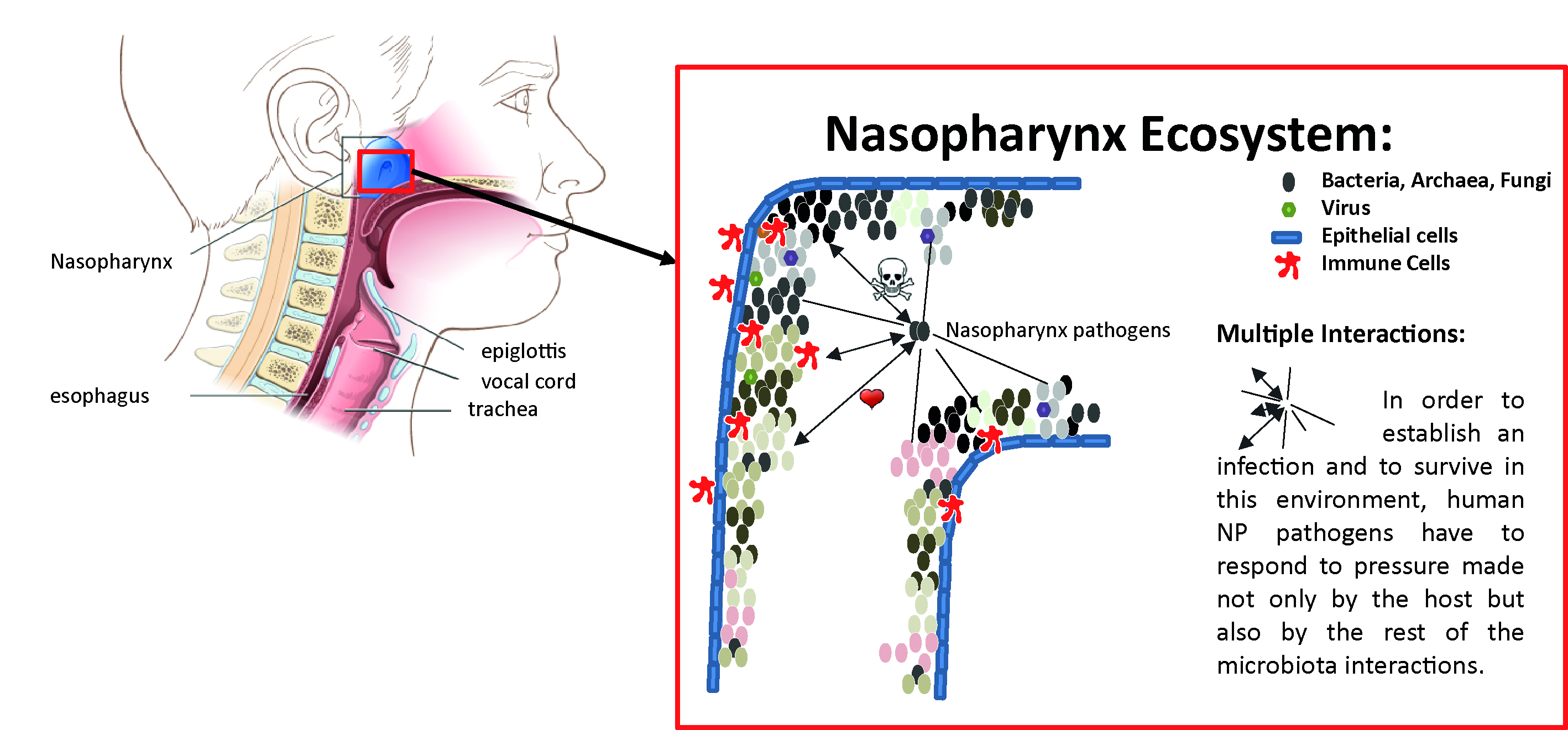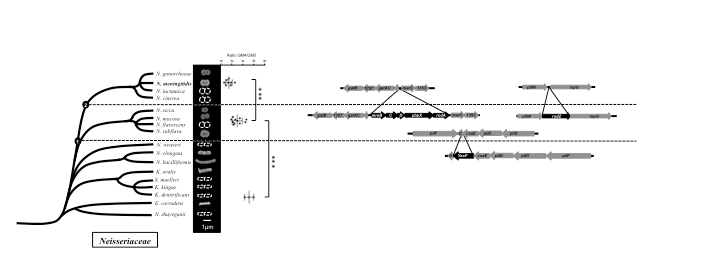
Dr. Veyrier’s research program addresses the microbial adaption to the nasopharynx ecosystem. From my M. Sc degree to my postdoc experience, my research work was devoted to the understanding of evolutionary processes. I started doing science at the level of proteins (M.Sc with Mathieu Cellier at INRS IAF, Laval, Canada), continued with grouping of genes in a regulon (Ph.D. with Dr. Marcel Behr at McGill University, Montreal, Canada) and then expanded to full organism evolution with the example of bacterial pathogens genomes (Ph.D. and postdoc with Dr. Muhamed-Kheir Taha and Dr. Ivo Boneca at Institut Pasteur, Paris, France). My current interest is to expand my expertise to investigate an entire ecosystem evolution such as the nasopharyngeal microbiome. This ecosystem is the reservoir for pathogens like Neisseria meningitidis but also Streptococcus pneumoniae, Moraxella catarrhalis or Haemophilus influenzae. With the emergence of antibiotic resistance, there is an increased interest and an urgent need to understand inter-species interactions (e.g. antagonism, synergism…) in this ecosystem. Understanding how the residents of an ecosystem compete may help identify their unique ability (attack mechanisms) and their vulnerabilities (drug targets). It is also crucial to document if human interventions such as vaccine campaigns or antibiotic therapies may potentially lead to unwanted deleterious changes in these interactions. To date, this emerging field of human microbial ecology remains largely unknown and despite the growing recognition of its importance, only a few laboratories in Canada (and Quebec) have initiated studies in this field. Thus we initiated a research program which is fundamental to our understanding of human microbial ecology and will strengthen Canadian effort to develop new avenues towards antibacterial drugs.
We also address the bacterial cell shape evolution in an infectious context. Evolution forced the selection of mechanisms that have allowed some bacterial species to adapt and to be tolerated in this human environment. In a previous study, we have demonstrated that at least two species that reside in the nasopharynx (including N. meningitidis) have undergone similar cell shape change with resultant modifications (such as pili localisation, peptidoglycan structure or optimisation of the surface of interaction). We are currently testing if these changes were selected to 1) reduce the cell surface to minimize attacks, 2) reduce stimulation of the innate immune system such as Nod-like receptors, 3) redistribute surface pili, to improve cell adhesion or movement.
Finally, we are also testing some of our concepts on bacterial symbionts evolution with other model of bacteria like Mycobacterium tuberculosis or Helicobacter pylori. Specifically, we have several projects running on how bacterial symbionts have adapted their genes expression along their past evolution.
